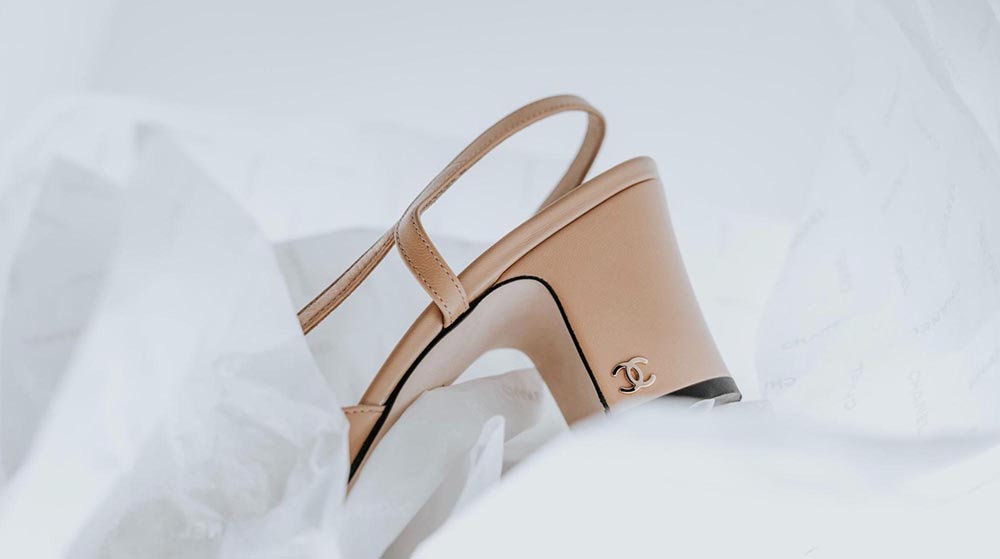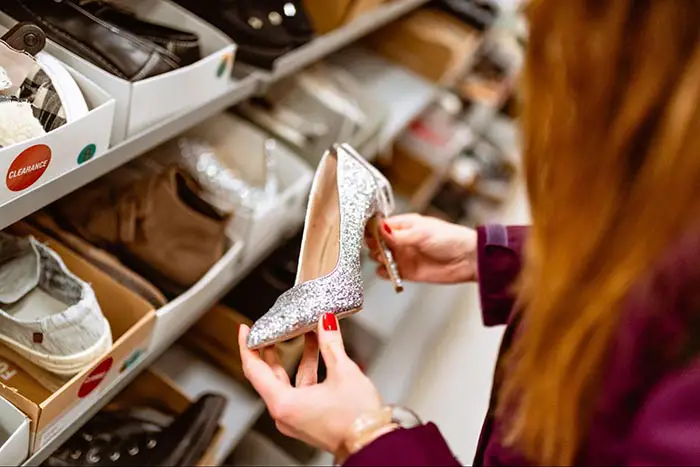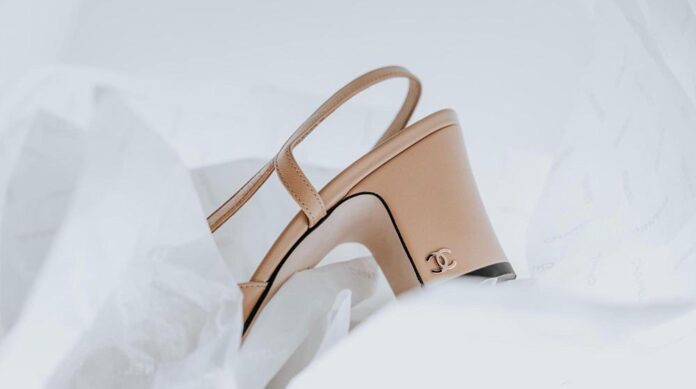Footwear has long been a staple in the world of fashion, from practical pieces to unapologetically statement designs, no outfit is complete without a well-designed pair of shoes to tie everything together. This is reflected in the global market for footwear, with revenue expected to reach almost $400 billion in 2023 and expected to rise at an annual growth rate of 3.47% between 2023 and 2028.
The US remains the leading market for all styles of footwear, including luxury, sporting and athletic products, with these pieces generating combined revenue figures of over $78 billion during the 2021 sales year alone, with a further $773 million spent purely on advertising footwear designs in the US.
It’s clear that both fashion and practical footwear products will remain key to the financial growth of designers and manufacturers moving forwards, however, producing modern footwear apparel can be surprisingly complicated. To learn more, let’s investigate the art of footwear design and manufacture.

The footwear manufacturing process
Perhaps unsurprisingly, the specifics of footwear design and manufacture will differ to some extent depending on the style of product being produced. For example, handmade fashion pieces intended more for visual appeal than practicality will often require a larger number of production processes than mass-produced casual pieces, this exercise is usually measured in steps ranging from 10’s to 100’s.
Traditionally, each step from design to stamping and all the way through sewing and finishing would be performed by professional cobblers using hand tools and manual processes, but with the advent of automated machines and footwear manufacturing software, modern production is much more efficient.
With the aid of computers and virtual tools designed to simulate prospective designs and suggest the most cost-effective ways to approach shoe manufacture, design teams can reduce wasted resources and ensure that each piece can meet strict quality standards. So, what does this process look like?
Design
The first step to any shoe manufacturing process will be design. Designers will begin by researching the market to determine which trends or opportunities will be most likely to appeal to their audience. Teams will investigate popular designs produced by competitors and explore expected material costs to help form the basis of a new product idea, with this data used to shape and refine the initial shoe design.
Sketches and digital images will then be produced to provide a visual example of the finalized design, with additional information included outlining which materials and production tools are to be used to manufacture each individual part. Finally, a prototype will be fitted to a specialized mold of a foot called a “last” to test how the prospective design is likely to perform when exposed to typical wear and tear.
Stamping
A typical piece of footwear will contain upwards of 30 unique parts that must be combined to produce the final product. Each of these pieces will need to be marked and categorized to make sure that no materials are wasted or misused later during manufacturing, this process is referred to as stamping.
Markings are made to indicate where each piece of material is to be further processed before being sewn or glued together, for example, markings will be used to highlight where eyelet holes need to be punched or where certain pieces of material need to be thinned for comfort or flexibility. This process used to be performed by hand, but will typically now be accomplished with aid from automated tools.
Sewing
With all relevant materials marked out and organized during the marking phase, manufacturing teams will be ready to sew each piece together and begin forming the final product. Material sheets will be cut and stitched together either by hand or using automated machines instructed by smart software.
The upper sections of the shoe are usually connected first to form an outline of the design, followed by the heel and toe cap to provide structure. With the final piece of footwear now reinforced and well fitted, secondary features like eyelet holes and visual markings are added before assembly can start.
Assembling
At this stage in the manufacturing process, the final footwear product will be produced, with every unique piece fitted together to form a fully constructed and wearable shoe. To achieve this, all the previously stitched sections will be attached to the inner and outer sole and formed around the “last”.
Typically, the insole will be temporarily fixed to the “last” to provide a structure around which the shoe can be formed. The stitched upper section will be bonded or sewn to the outsole depending on the design specs for the product, with any additional flair pieces then added to finish off the final product.

Summary
Footwear design and manufacture is big business to clothing and fashion brands in the US and across the globe, so it stands to reason that a lot of time and effort would be directed towards optimizing and streamlining the production process to create products tailored to specific market trends and needs.
Modern footwear designers and production teams now benefit from automated machines and smart software tools crafted to assist in every stage of the process from initial plans to mass-manufacturing, but there will always be room for a human touch to emphasize the art of footwear design and manufacture
##



